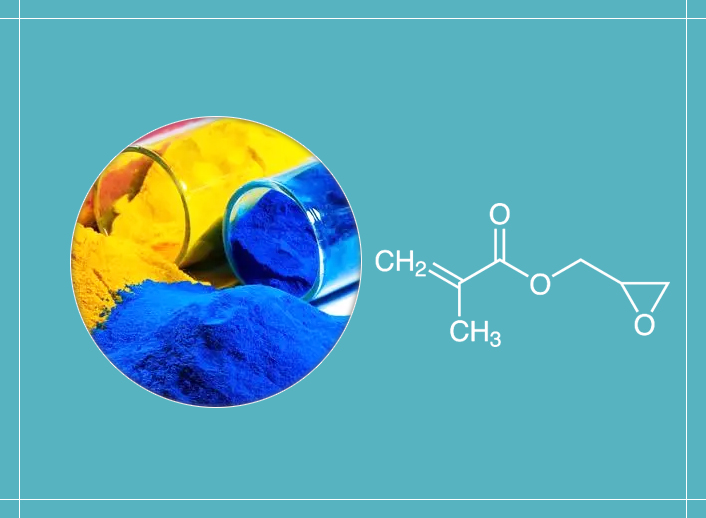Application of Glycidyl Methacrylate GMA in the Synthesis of UV Curable Resins
Glycidyl Methacrylate GMA can be used in the synthesis of UV curable resins through a variety of synthetic routes. One method is to first obtain a prepolymer containing carboxyl or amino groups on the side chain through free radical polymerization or condensation polymerization, and then use GMA to react with these functional groups to introduce photosensitive groups to obtain photocurable resins. In the first step of copolymerization, different comonomers can be used to obtain polymers with different final properties. Feng Zongcai et al. synthesized hyperbranched polymers by reacting 1,2,4-trimellitic anhydride and ethylene glycol, and then introduced photosensitive groups through GMA to finally obtain photocurable resins with good alkali solubility. Lu Tingfeng et al. synthesized a prepolymer with photosensitive double bonds using poly (1,4-butylene adipate), toluene diisocyanate, dihydroxymethyl propionic acid and hydroxyethyl acrylate, and then introduced more photocurable double bonds through GMA, and neutralized with triethylamine to obtain a waterborne polyurethane acrylate emulsion.

Another method is to first copolymerize glycidyl methacrylate GMA with other monomers to obtain a copolymer containing epoxy functional groups in the side chain, and then react acrylic acid or methacrylic acid with the epoxy functional groups to obtain a resin product with photocuring activity.